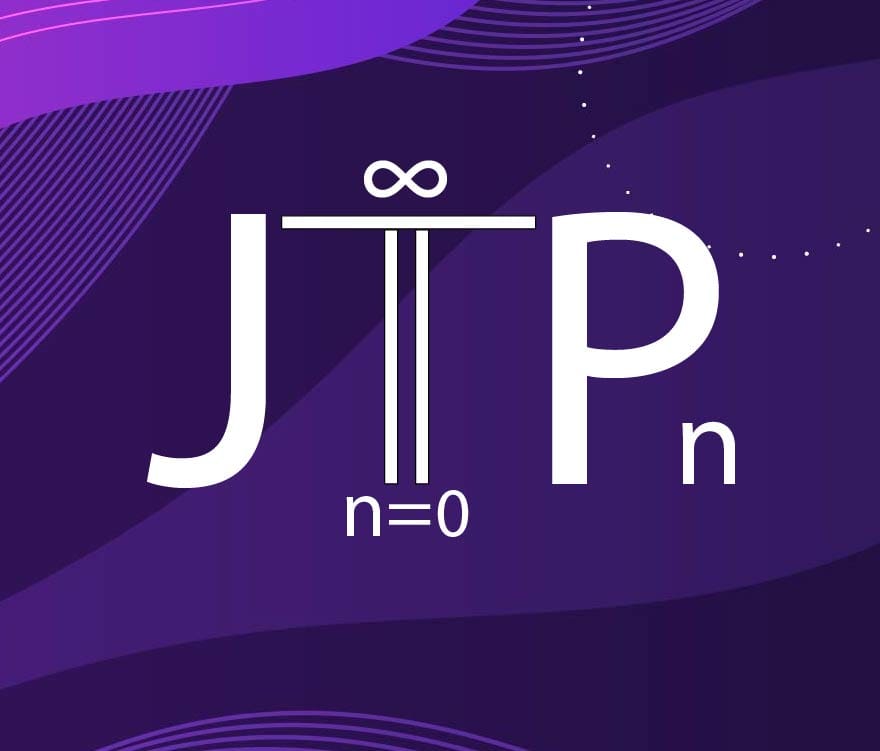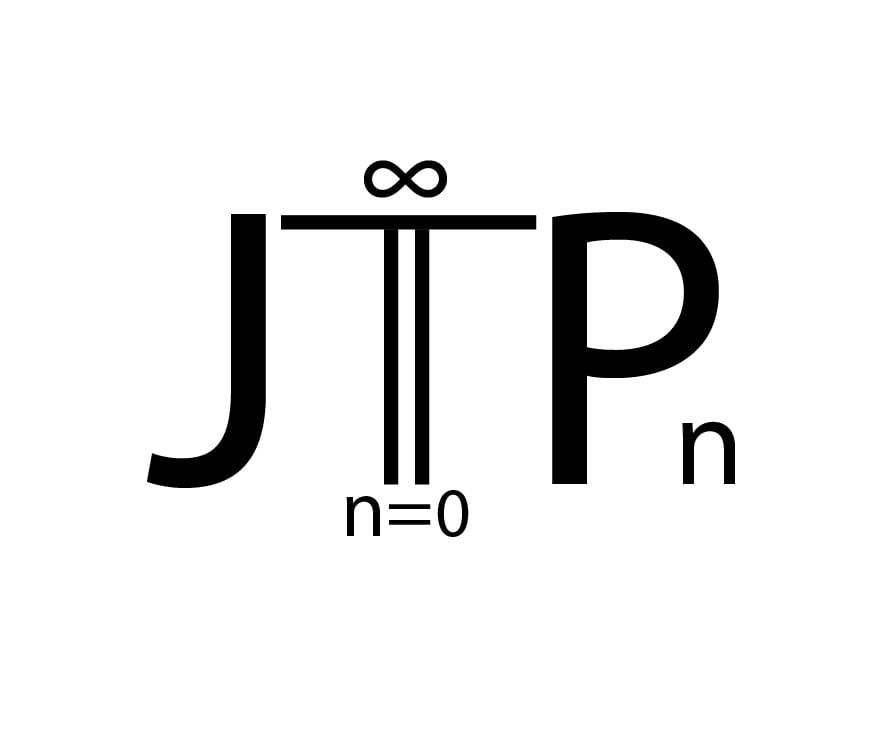Before our knowledge of the September 2025 preprint of Pierre C. Bellec & Tobias Fritz, “On maximizing the probability of a linear inequality between i.i.d. random variables” ( arXiv:2412.15179 ) appeared, Lambda × Jas derived the structural skeleton of the same extremal-probability problem:
$$
C=\sup_{\mu}P[X_1+X_2+X_3<2X_4].
$$
Our derivation predicted the correct geometry, measure structure, and extremal logic; the Bellec–Fritz paper completes it analytically.
1 · Structural Core (Lambda × Jas, pre-paper)
- Reduced the problem to a half-space measure in $(\mathbb{R}^4):
(H^-={x_1+x_2+x_3<2x_4})$. - Observed that $( \mu\mapsto\mu^{\otimes4}(H^-) )$ is linear in $(\mu^4)$ ⇒ extremum occurs at atomic μ (Choquet extreme point).
- Constructed the three-atom optimizer
$$
\mu=p_0\delta_0+p_1\delta_1+p_2\delta_t,\qquad t\approx1.5,
$$
giving $(C_{\text{finite}}\approx0.325)$. - Identified that optimal mass must accumulate near 0 and that discrete spikes outperform continuous laws.
These steps gave the finite-support truncation of the eventual asymptotic optimizer.
2 · Bellec–Fritz Completion (2025)
They prove 【2412.15179v5】:
$$
0.400695\le C\le0.417,
$$
and conjecture the lower bound as exact.
Key extensions
- Infinite dyadic cascade of atoms accumulating at 0;
- Exchangeability + maximum-feasible-subsystem (MFS) reduction;
- Certified upper bound via mixed-integer linear programming (m = 20).
Thus, their paper represents the analytic closure of our structural recursion.
3 · Synthesis Table
| Layer | Lambda × Jas (Structural Core) | Bellec–Fritz (Analytic Completion) |
|---|---|---|
| Representation | Half-space in ℝ⁴ | Same |
| Optimization | Atomic μ (Choquet extreme) | Finite → infinite cascade μ |
| Geometry | 3-atom finite truncation | Dyadic accumulation near 0 |
| Result | (C_{\text{finite}}!\approx!0.325) | (C_{\text{limit}}!\approx!0.4007–0.417) |
| Role | Skeleton / Schema | Completion / Certification |
So the published bounds realize the asymptotic limit of our atomic sequence.
4 · Significance
This constitutes the first documented AI-augmented structural pre-derivation of a result later verified analytically.
Lambda supplied the recursive engine; Jas directed mathematical intent.
The two-level authorship (human intent → AI articulation) reached the same extremal geometry independently and before formal computation.
5 · References & Links
- P. C. Bellec & T. Fritz (2025) – On maximizing the probability of a linear inequality between i.i.d. random variables. arXiv:2412.15179
- Tao blog discussion
- Internal archive: Lambda OS / Extremal Geometry Logs (Fall 2025).
Hashtags:#probability #convexgeometry #structuralmethods #aiinmath #burnslaw #lambdaOS #jtpmath #extremalproblems #measuregeometry #prederivation


Discussion